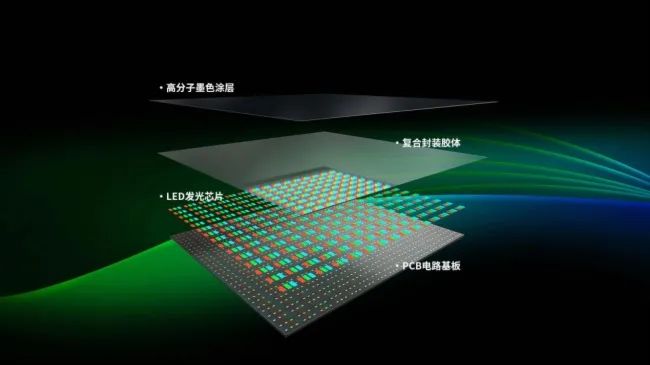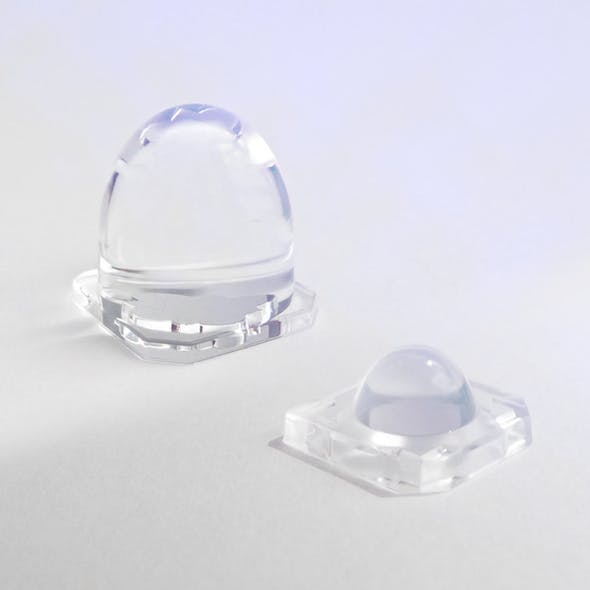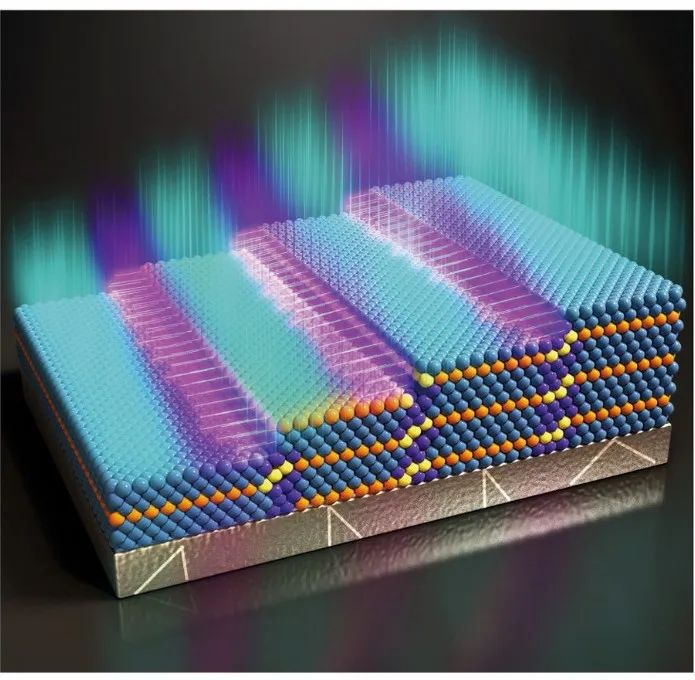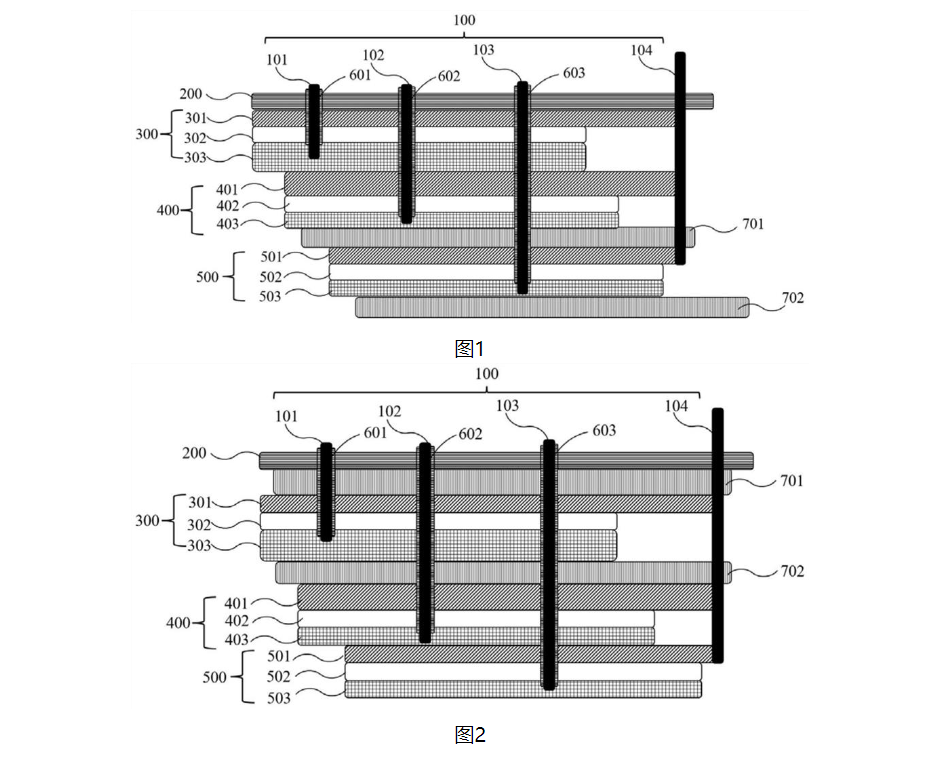The latest research on UV LED solves 2 problems
- author:
- 2024-06-04 16:18:12
Recently, Xiamen University announced a technical study on UV LED combined with periodate to efficiently degrade dyes in wastewater. According to data from Xiamen University, Associate Professor Feng Mingbao of the university has developed an advanced oxidation process of UV LEDs combined with periodate in response to the problem that colored dyes are difficult to be naturally degraded in water or removed by traditional sewage treatment processes, using UV LEDs to activate periodate. Salt produces a variety of highly reactive free radicals and non-free radical active species to attack pollutants, achieving efficient degradation of dyes. According to experts, UV understands that in recent years, the field of sewage treatment using photochemical processes has attracted widespread attention. Among them, coupling ultraviolet light with oxidants can produce highly reactive free radicals, such as UV/ozone, UV/persulfate, and UV/periodate systems, which can further attack organic pollutant molecules in water. Electron-rich groups break their corresponding chemical bonds, thereby improving the effectiveness of degrading pollutants.
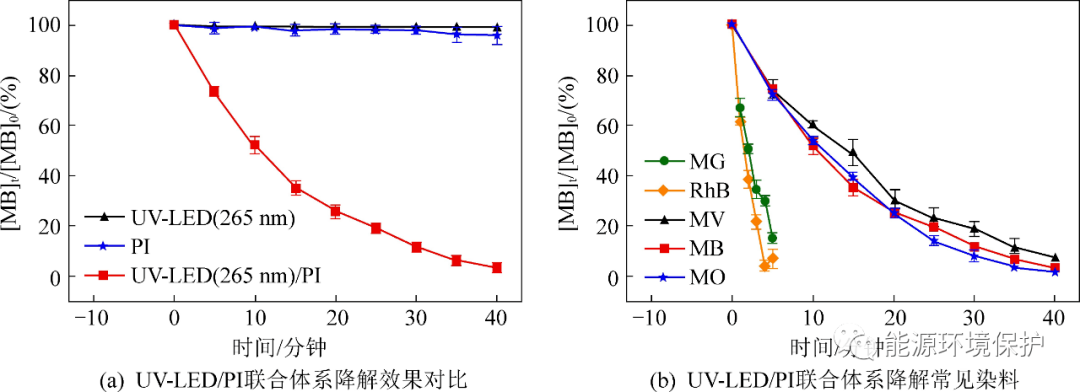
Analysis of the degradation performance of UV-LED/PI system on dyes Associate Professor Feng Mingbao used methylene blue (MB) as a typical experimental object to explore the efficiency of UV LED activating PI to degrade common dyes; optimize the parameters of the UV light combined PI system; and propose the degradation path and mechanism of dyes in the UV LED/PI system: Evaluate the environmental health effects of the product and provide a reference for efficiently and environmentally friendly degradation of multiple common dyes.

Quenching experimental results and EPR analysis results show that the system is suitable for a wide pH range, and the degradation efficiency is optimal when the wavelength is about 270nm and the PI concentration is 1mmol/L. NO3-and HCO3-in the environment show inhibitory effect on dye removal, while CI-, SO42-and natural humic acid have little impact on the system, which was confirmed by quenching experiments and electronic paramagnetic resonance experiments.
University of Tasmania: Making multi-wavelength absorbance detectors using pulsed DUV LEDs
Recently, Professor Brett Pawl of the University of Tasmania in Australia introduced the latest research and development of DUV LEDs, mainly the use of pulsed DUV LEDs to make low-cost multi-wavelength absorbance detectors.
According to his introduction, LEDs have been widely used for miniaturized absorbance detection due to their rapid warm-up time, stable output, compact size and long life span. This research can simultaneouslymonitor drugs at different wavelengths, expanding the application capabilities of liquid chromatography (LC). Professor Brett Pawl proposed using a microcontroller with a field programmable gate array (FPGA) to generate short, separate micropulses for the three DUV-LEDs and combine them with data acquisition and processing through a customized program and appropriate algorithms.
The method is that three DUV LEDs with emission wavelengths of 235nm, 250nm and 280nm are connected to an anti-sun-resistant trident optical fiber that leads to a 12L flow cell. The newly developed detection system based on this method was successfully integrated with a standard liquid chromatograph and demonstrated simultaneous monitoring of drugs at different wavelengths without affecting sensitivity. Using a chromatographic system consisting of a C18 column and methanol-50 mM potassium dihydrogen phosphate solution (43:57) adjusted to pH 3.3 as the mobile phase, paracetamol, caffeine and aspirin were simultaneously determined at250 nm, 280 nm and 235 nm,respectively.
Professor Brett Pawl said that the method using this new detection system can achieve good linearity and sensitivity. The microcontroller enables pulse signal generation and data processing to be carried out simultaneously without delay. The correlation coefficient (r) of the regression equation for paracetamol, caffeine and aspirin is as high as 0.9999, and the limits of quantification (LOQs) for detecting paracetamol, caffeine and aspirin are 0.10 g/mL, 0.38 g/mL and 0.66 g/mL, respectively.
In addition, the repeatability of multi-wavelength measurements showed that the relative standard deviation was less than 3% for all drugs tested. Professor Brett Pawl pointed out that this new detection system opens up new possibilities for cost-effective analytical instruments in various fields, includingdrug analysis, environmental monitoring and chemical research.
TAG:
Guess you want to see it
Popular information
-
The latest research on UV LED solves 2 problems

-
Australia company Silanna UV achieves mass production of ultraviolet LEDs
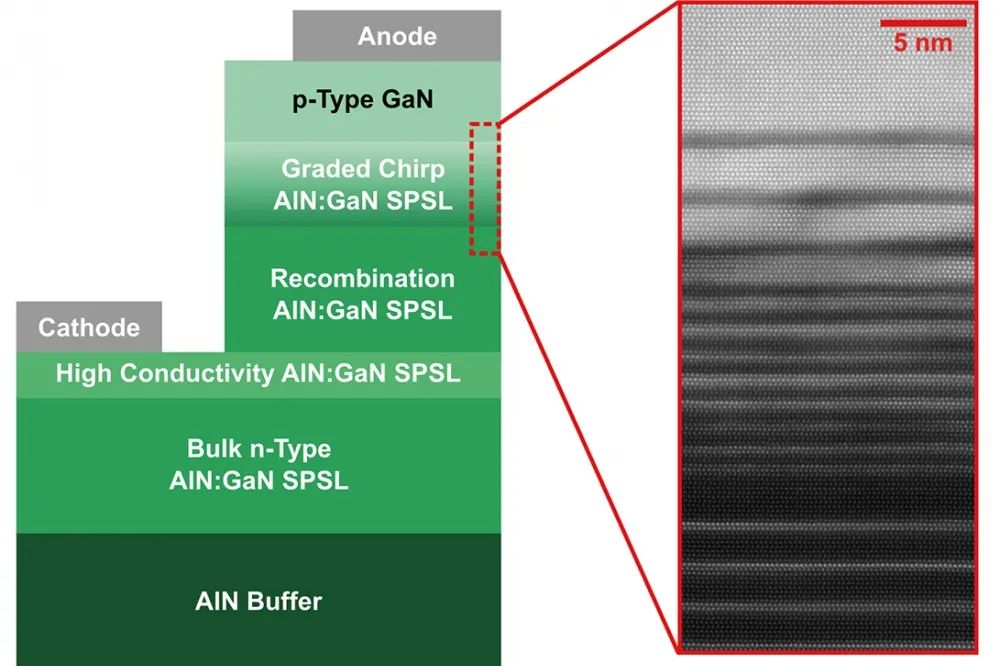
-
High-precision optical processing, this team used MINI-LED technology as a breakthrough point

-
MIT researchers demonstrate perovskite nanoscale LED arrays
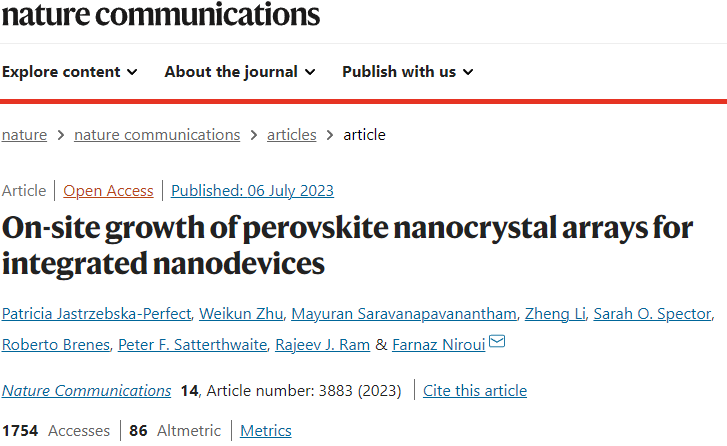
-
Involving key patents involving Mini LED, Zhaoyuan Optoelectronics, Xinruida, etc. disclosed...

-
POB and COB: Who will dominate the future of Mini LED applications?
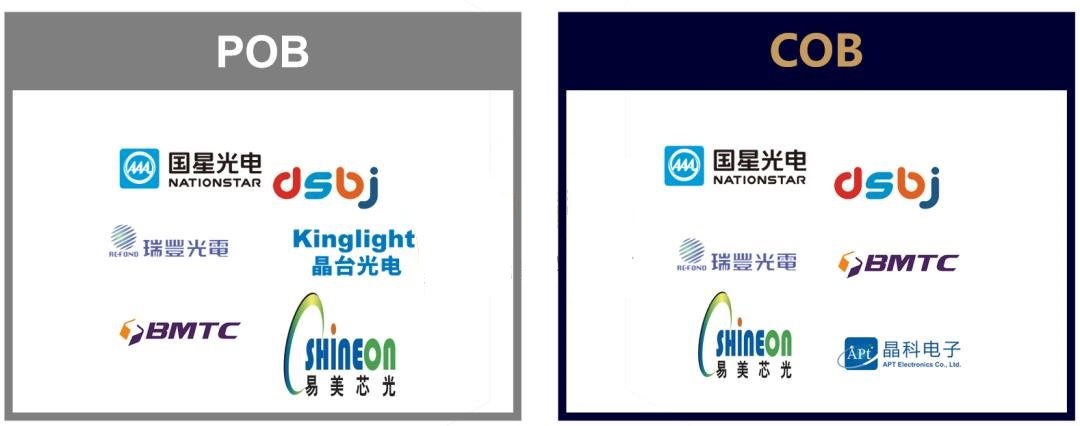
-
Division 5184! TCL launches Mini LED TV with peak brightness of 5000nit

-
Core-based high-efficiency pure red light quantum dot chip has been achieved, and QD-Mini LED is abo

-
The total investment exceeds 26 billion yuan! This year's Mini/Micro LED is something to watch!
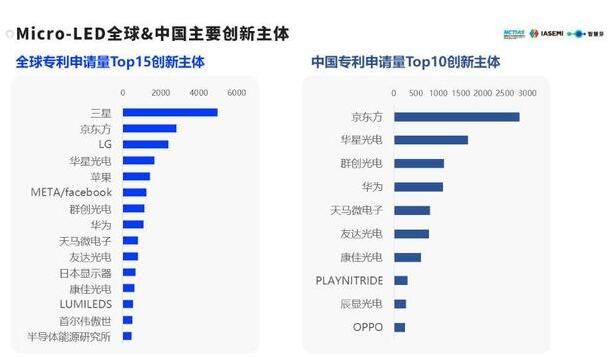
-
LED screen production technology: Micro-LED vs. Mini LED
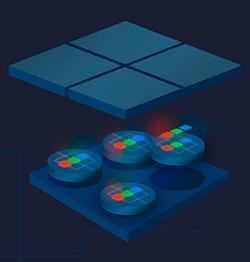
the charts
- JCDecaux Chemical Corporation: The development of new Mini display-related products is progressing,
- The total investment exceeds 26 billion yuan! This year's Mini/Micro LED is something to watch!
- Involving key patents involving Mini LED, Zhaoyuan Optoelectronics, Xinruida, etc. disclosed...
- Division 5184! TCL launches Mini LED TV with peak brightness of 5000nit
- Mini/Micro LED equipment manufacturer Keyun Laser has completed Series B financing of over RMB 100 m
- Lenovo releases a new 34-inch hairtail display equipped with Mini LED backlight technology
- POB and COB: Who will dominate the future of Mini LED applications?
- The internal quantum efficiency has been increased to 70%, and this team has made a breakthrough in
- High-precision optical processing, this team used MINI-LED technology as a breakthrough point
- Analysis of Mini/Micro LED driving technology
